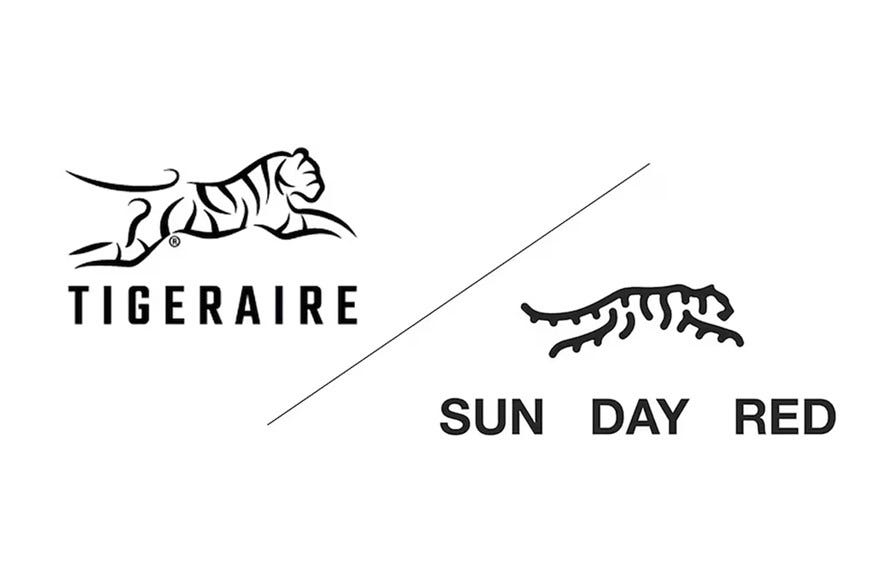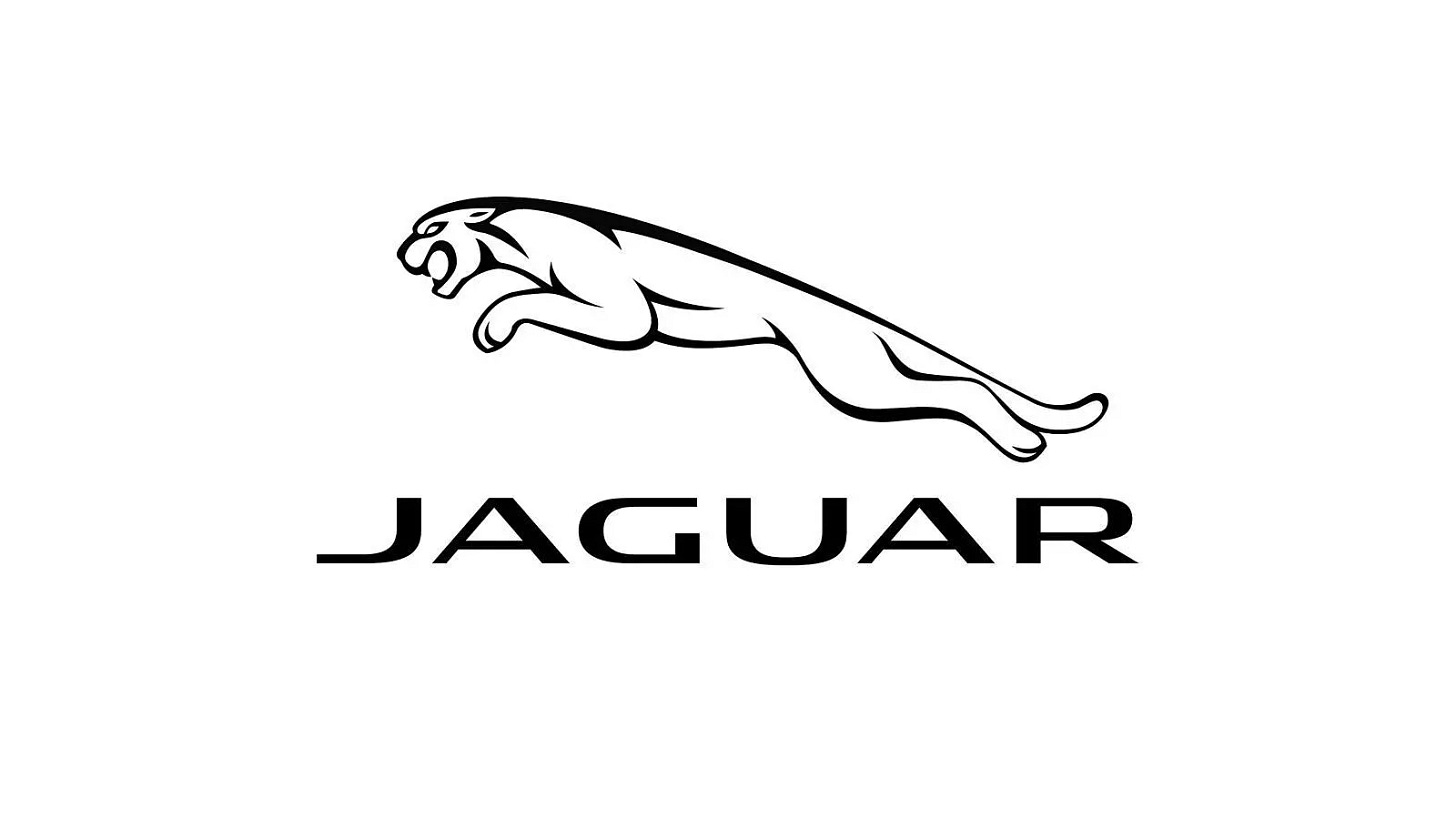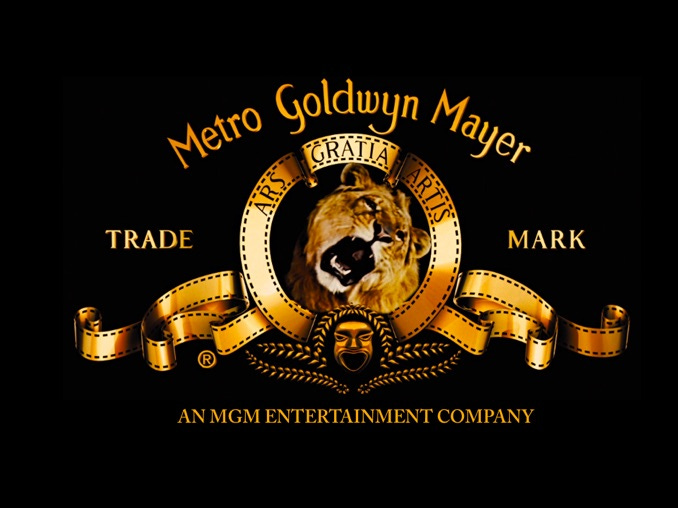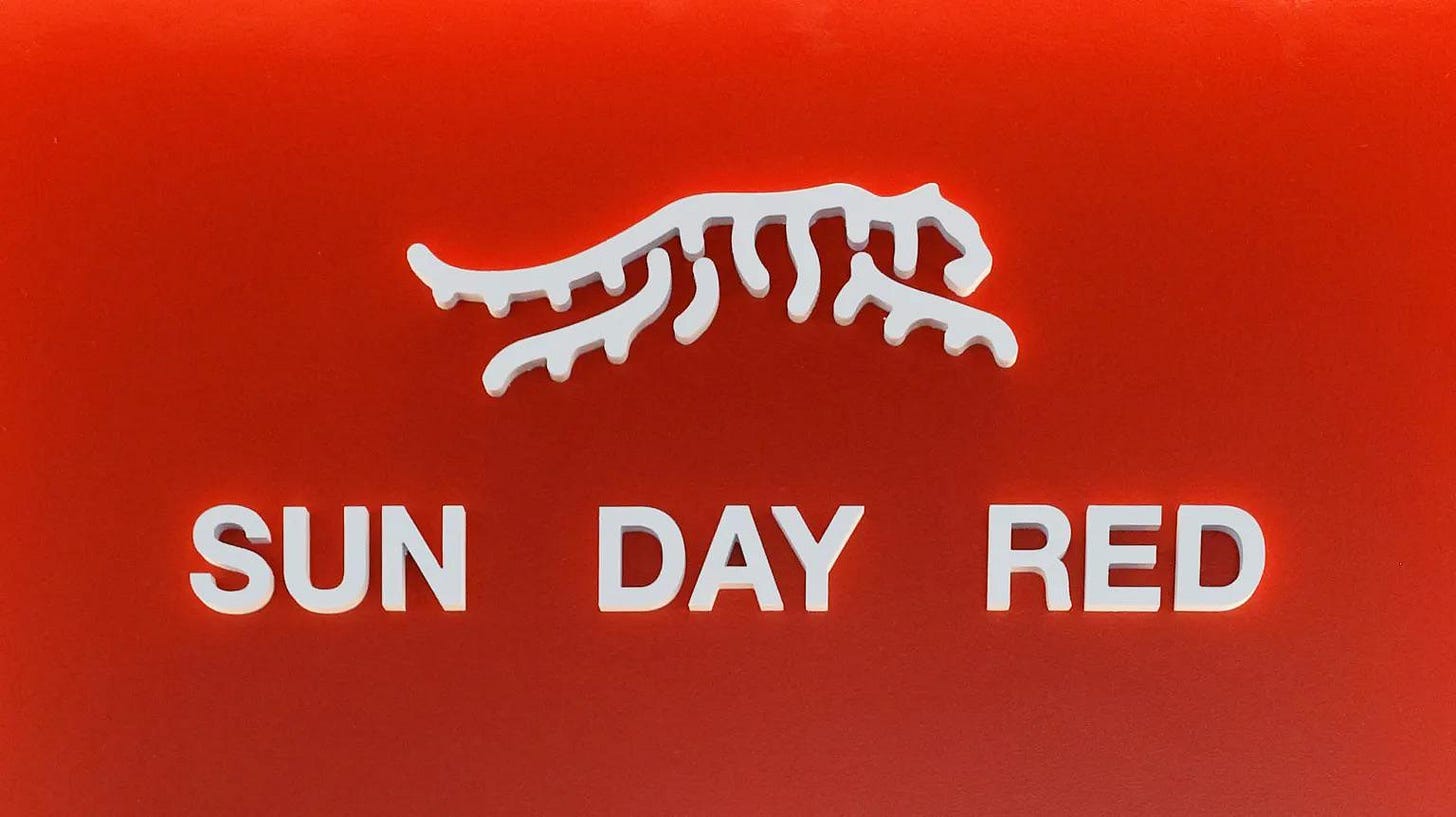Puma Versus Tiger: Are Branding Legal Actions Now Just Another Avenue for Marketing Departments?
Puma, the iconic German sportswear brand, has initiated a legal action against the new Tiger Woods-led venture Sun Day Red.
When it comes to branding, leaping cats seem to be everywhere.
You have Puma, of course.
You have Slazenger.
You have Jaguar.
Or, you had Jaguar, until the recent big-rebranding-news-of-the-year.
The original might be MGM, which has been using a lion in its brand since 1917.
All in all, big cats are to branding what neon is to Vegas.
But that doesn’t mean just anyone can choose a big cat. Even if your name is Tiger and your logo’s a tiger. Especially if that tiger is a leaping tiger.
Puma, the 77-year-old German sportswear firm, has lodged a filing complaining that the brand mark of Sun Day Red — the venture launched by Tiger Woods in collaboration with TaylorMade in May 2024 — contravenes their long-established brand element, the leaping cat.
A 202-page filing, lodged by James Aquilina, Co-Managing Partner of Washington, DC-based firm Quarles, argues — quite persuasively — that the Puma cat, first designed by German cartoonist Lutz Backes in the 1960s, is much more than just a logo.
By listing:
a 1969 catalog that shows the historic nature of the leaping cat logo
long-established golf ventures and sponsorships, including with the legendary Arnold Palmer and the current icon of the women’s game Lexi Thompson, and
the Puma social media accounts that have 44 million followers worldwide
the filing argues that the Puma cat is a cultural icon, not just a company mark.
And those 44 million followers, and others, might be getting confused by the new Sun Day Red brand.
Never mind that the two cats are facing different directions, never mind that one cat is solid and the other cat looks like a skeleton cat, NEVER MIND THAT THEY’RE DIFFERENT CATS, Puma insists there’s still enough grounds for legal action.
A key line in the filing reads:
“Puma SE hereby opposes [the] Sunday Red, LLC [marks] … because they will cause confusion as to the source, sponsorship, association, or affiliation of those goods and services due to Puma’s strong position in the footwear, apparel, and sports industries, and because they will dilute the strength and fame of [Puma’s] marks.”
Speaking on NBC’s Today Show after his new brand launch last May, Tiger referenced how the 15 stripes in the Sun Day Red logo represented his 15 Major victories.
Despite the many injuries and an aging frame, which saw him play just five times in 2024, and make the cut just once, he still aspires to add to his Major haul, which would require a brand new logo design. He joked:
“My goal is to ruin the logo. I want to keep ruining the logo. If the trademark is this, then my job is to ruin it.”
Even without any more Majors for Tiger, though, the logo might already be ruined, by not one by two legal actions and by a somewhat lukewarm reception among the buying public.
Interestingly, Puma seems to have taken its time deciding whether to act — the filing recounts that it applied for, and was granted, two extensions to oppose Sun Day Red’s brand marks: one for 30 days on October 2, 2024; and a second for 60 days on November 1.
The filing, dated January 2, 2025, was lodged just inside that second extension timeframe.
One company which did not hang about after Sun Day Red’s launch was Tigeraire.
In September, the Louisiana-based brand — which was launched in 2020 with a simple mission to “create a cooler and more comfortable environment inside the helmets of the newly minted NCAA Championship football team, the LSU Tigers” — lodged filings complaining that striking similarities between their logo and Sun Day Red was causing irreparable damage to its brand.
While still less than five years old, Tigeraire has broadened away from its college football roots and, strategically or not, the homepage of its website (at the time of writing at least) prominently displays the company’s commitment to golf.
This combination of brand similarities and seemingly overlapping products — or, at least, overlapping industries — compelled Tigeraire to take action.
A story published in September by the South Asian media and advertising intelligence site Marketing Interactive included sections of Tigeraire’s documents, which read:
“The actions of Sun Day Red, TaylorMade and Tiger Woods blatantly ignore Tigeraire’s longstanding protected mark, brand and identity, violate federal and state intellectual property law, and disregard the consumer confusion their actions create.
…
Simply put, confusion is not only likely, it is actually happening and is causing irreparable harm.”
Too similar? You decide.

For what it’s worth, the general consensus on the active Logo Design Reddit forum decided the Tigeraire claim would be thrown out.
Back to Puma’s complaint, and Josh Gerben, a trademark and intellectual property lawyer, told NBC San Diego that this new challenge to Sun Day Red is “significant.”
Per a report in todays-golfer.com, he said,
“This is a real fight. Any time you have open litigation you can lose. I think Puma has a legitimate case.”
Gerben also suggested the case might not see court before September 2026, if at all.
All in all, though, while brand identity is, of course, Serious Business, there is more than a whiff of marketing off all this.
Several years ago, a friend, a grizzled veteran of the media and advertising industry, declared to me in conversation, “We are all salesmen now.”
That was before social media got its sludge lodged in everything. Fast forward to now, and my friend — now an even-more-veteran veteran in media and advertising — could just as easily say, “We are all marketers now.”
And we are.
Because way back when, five or ten or 20 media magnates and editors controlled everything and a blast from the only loudspeakers anyone in the world could hear was only yours if you could pay the price.
Now, almost everyone — including your newsletter writer right here! — is a journalist, an editor, an ad-man and a potential media magnate.
That has completely changed the marketer’s job.
When everyone can publish and everyone can advertise (and just look around you, everyone does) it places a massive weight on the attention of the precise people you want to reach.
Therefore, you, me and everyone else have to get imaginative to get attention.
For one brand that might mean hiring creatives with a brilliant eye for the new medium.
For another it could be to consider legal initiatives, and all the name-dropping publicity they might bring, whenever you see a new logo that’s even sideways similar to yours.
It could be a case of “watch this space” for more developments in Puma (and others) versus Sun Day Red.
Or, who knows, this whole storm might blow over with one stroke of an executive’s pen, and all brand marketers on all sides can go away happy at getting those media column inches without any media ad spend.
After all, when the game is attention, it doesn’t really matter how you get it.
It only matters that you do.
Thanks for reading.
Till next time.
Shane













